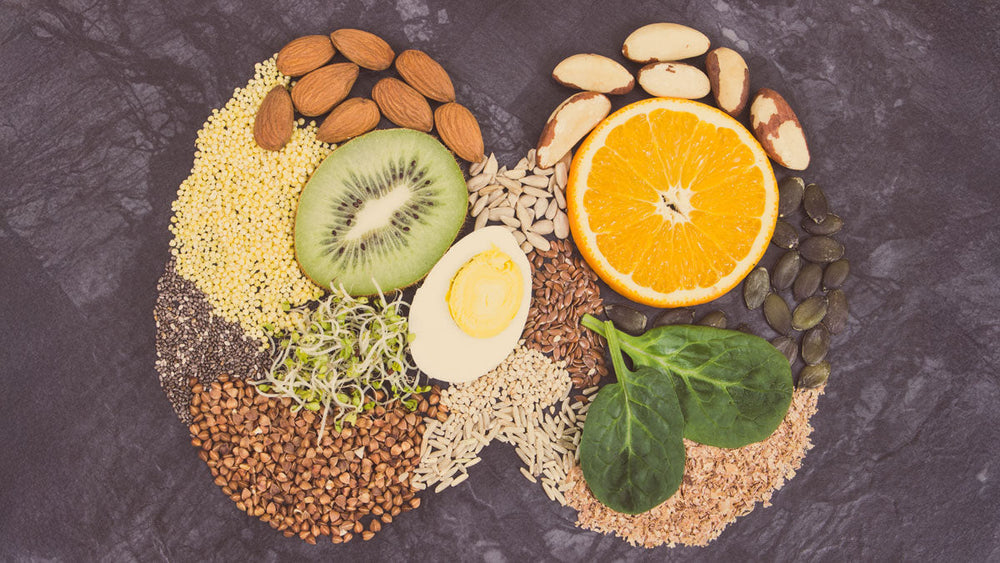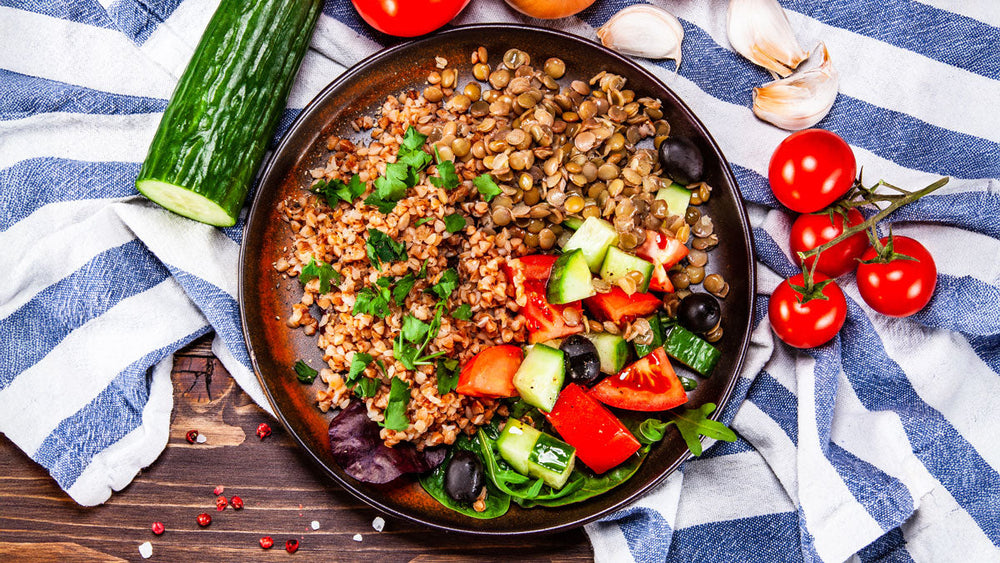When I think of oft-used gut health buzzwords- dysbiosis immediately springs to mind.
In fact, I’ve probably used the word in at least half of my foodguides.com pieces – and for good reason.
Dysbiosis, which I simply define as an imbalance between good and bad gut bacteria, has been identified as a driver for an incredibly wide array of digestive and general health concerns.
The goal of today’s article is to provide you with a deeper understanding of what it really means, both so you can appreciate its relevance to human health but also so that you will be better equipped to process the word when it inevitably comes up in every other piece of health-related content.
With that said, let’s get right to it.
Defining Dysbiosis, Formally.
To start, I turn to an abridged version of the definition adapted from the Textbook Of Natural Medicine’s (5th Ed.) 2020:
“ Dysbiosis can be defined as a reduction in microbial diversity and a combination of the loss of beneficial bacteria strains and butyrate-producing bacteria alongside a rise in bacteria that become pathogenic under certain conditions.”
Let’s break that definition down into key components before we go any further.
- Reduction in overall diversity in the microbiome
- Reduction in bacterial strains/species that are considered beneficial (good bacteria)
- Increase in bacterial species that can be problematic (bad bacteria)
Dysbiosis may manifest as one or more of these three concerns.
So, interestingly enough, the simple definition I applied in today’s introduction wasn’t too far off the mark.
Time to dig deeper though!
Symptoms & Consequences Of Dysbiosis
Let’s now go through some of the potential signs, symptoms, and consequences of dysbiosis, keeping in mind that there are a number of other causes/conditions that could also result in them.
These include both detectable symptoms and undetectable physiological consequences.
- Persistent gas & bloating
- Inflammation of the GI tract
- Compromised nutrient absorption
- Compromised immune response
- Brain fog, mood irregularity, worsening anxiety
- Worsening of conditions such as migraine, arthritis, and autoimmune conditions
If you are a regular reader of the site, you’ll notice that we’ve actually written on a number of these topics and mentioned dysbiosis in them – the hyperlinks are there to prove it.
Depending on one’s access to various healthcare services, various breath and stool analysis sample tests exist to help one better understand the state of the microbiome although the utility and validity of these tests are beyond the scope of today’s content – certainly something to explore more thoroughly in a future piece, however.
Dysbiosis Risk Factors
The maintenance of a healthy & diverse gut microbiome is dependent, as you might imagine, on a number of factors.
- Dietary pattern
- Various infections
- Sleeping habits
- Physical activity
- Antibiotic Use
- Genetics
- Smoking/Nicotine exposure
- Various conditions
With these in mind, let’s take a broad look at the role that dietary changes and probiotic use might play in reshaping the gut microbiome.
Keep in mind that this is a massive topic and not possible to cover comprehensively in a single post, so I do encourage you to explore the gut health-related writing of myself and other Foodguides.com contributors in order to access more knowledge.
Diet & Dysbiosis
It goes without saying that one’s diet has significant implications for the state of their microbiome, particularly as it relates to foods high in fiber & various antioxidant compounds, as well as fermented foods – and I encourage you to read the linked pieces to learn more about how certain foods can positively influence the state of your gut bacteria.
Probiotics & Dysbiosis
Probiotics are a complex subject matter in their own right with various strains/species associated with specific health outcomes.
Generally, there is some evidence to suggest that probiotics are most effective at improving the state of the microbiome in individuals who started with a healthy gut microbiome that was then disturbed by an external event (think sickness, antibiotic use, etc) and least effective in those with a generally healthy and undisturbed microbiome.
If you are more technically inclined and would like to learn more about strain-specific impacts on the gut microbiome, have a look at this resource.
Final Thoughts
Dysbiosis is an increasingly relevant concept in the world of the gut and overall health, but its conceptual simplicity belies the complex nature of the human digestive tract.
Today we scratched the surface, and I’m sure it won’t be the last time we explore this fascinating topic.
- Humphreys, C. (2020). Intestinal Permeability. Textbook of Natural Medicine (Fifth Edition), 166-177.e4.
- Petersen, C., & Round, J. L. (2014). Defining dysbiosis and its influence on host immunity and disease. Cellular microbiology, 16(7), 1024–1033. https://doi.org/10.1111/cmi.12308
- Hedayat, K. M., Lapraz, J., & Schuff, B. (2020). Dysbiosis. The Theory of Endobiogeny, 195-201.
- Martinez, J. E., Kahana, D. D., Ghuman, S., Wilson, H. P., Wilson, J., Kim, S., Lagishetty, V., Jacobs, J. P., Sinha-Hikim, A. P., & Friedman, T. C. (2021). Unhealthy Lifestyle and Gut Dysbiosis: A Better Understanding of the Effects of Poor Diet and Nicotine on the Intestinal Microbiome. Frontiers in endocrinology, 12, 667066.
- McFarland L. V. (2014). Use of probiotics to correct dysbiosis of normal microbiota following disease or disruptive events: a systematic review. BMJ open, 4(8), e005047.




















Comments
Join The Conversation...